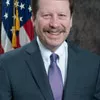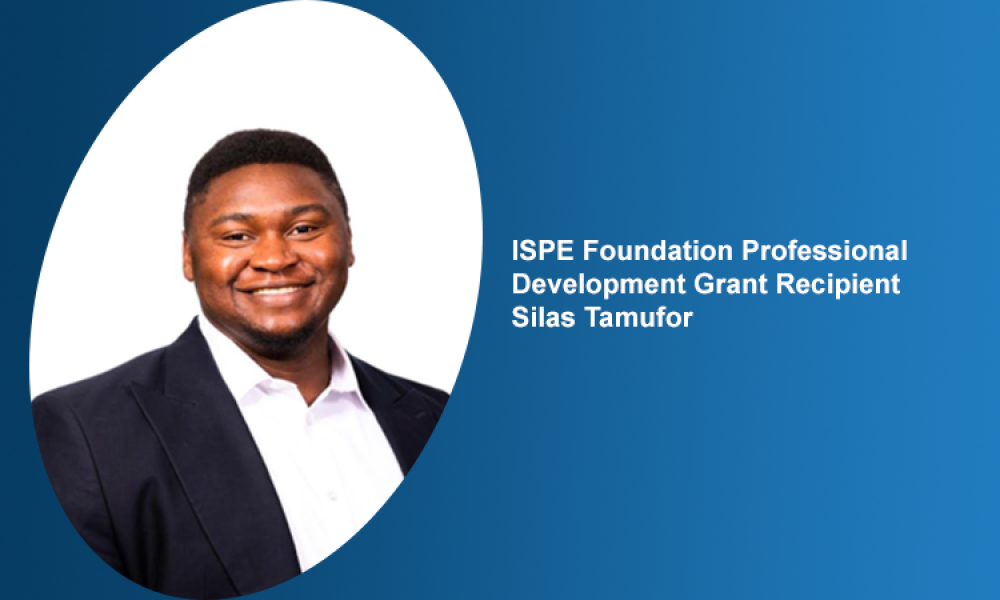Fireside Chat with Robert Califf, MD & Tom Hartman

A fireside chat featuring Robert M. Califf, MD, FDA’s 25th Commissioner of Food and Drugs, and Thomas B. Hartman, President and CEO of ISPE kicked off the 2023 ISPE Annual Meeting & Expo. The following is a brief summary of the session. Look for complete coverage of the interview in an upcoming issue of Pharmaceutical Engineering® magazine.
If we do not innovate in the manufacturing of drugs, we are really letting the world down.
The regulatory harmonization of innovation, manufacturing, and the analysis of pharmaceuticals and biologics is critical for meeting the needs of patients now and in the future. The FDA has been a true leader in these areas for a number of years by providing industry mechanisms to discuss and implement innovation and emerging technologies. If the industry is to successfully leverage this innovation to positively impact global supply resiliency and patient access, Dr. Califf was posed with a question on what the FDA can do to facilitate interactions with its health authority peers. In response Dr. Califf stated “if we do not innovate in the manufacturing of drugs, we are really letting the world down.”
Global patient access to medicines and therapeutic products for rare and ultra rare diseases poses a significant challenge for both industry and regulatory authorities. Hartman asked if there is an opportunity for leading regulators, such as FDA, EMA, and others, to develop a globally agreed approach for clinical and commercial development and approval of novel and life-altering therapies. Dr. Califf responded by saying “it was important for everyone to work together to identify those with rare diseases, no matter where they live. And, by using our aggregate intelligence and technology, it becomes possible for those suffering from a rare disease to get a diagnosis and enter clinical trials.” He pointed to a “cluster” that has been formed involving EMA, FDA, and Health Canada as part of an important strategy for working together on guidances and accelerating rare disease cures programs.
The industry is constantly evolving and placing significant emphasis on emerging technologies that facilitate faster access to medicines for patients globally. One area of high interest is a term called “model informed drug development,” or MID, where physiological based models can improve clinical trial efficiency, optimize drug dosing, and potentially reduce the number of patients in a trial, or even decrease the number of clinical studies to support the approval of a particular medicine. Hartman asked the Commissioner to share his thoughts on the potentially beneficial impacts of this program for patients, and if he sees any opportunity to extend or even accelerate this initiative for global consideration.
Dr. Califf recalled that early in his career he worked on predicting outcomes for people with coronary disease, and quickly learned that if we depend on raw data - without modeling - the knowledge that can be gained by looking at how the data fits together, was missed. However, in a new, exciting era of artificial intelligence and machine learning, he said that we can use diverse data sources, each with different types of data, and in doing so enables us to create better models.
He also expressed excitement about being able to use AI to identify targets, then look at the configuration of proteins and molecules in such a way that enables not only identification of the real candidates, but also makes use the models for predicting where the toxicities might be.
Given FDA's leading role in working with industry to expedite development and approval of vaccines during the pandemic, the Commissioner was asked how the FDA is leveraging that experience and translating it to address unmet medical needs and even approval accelerations, particularly with respect to therapeutic and technical innovations domestically as well as globally.
Dr. Califf said “he did not like using the term “accelerated approval” as that term may imply that FDA always approves.” He said, “he preferred to use the term “accelerated evaluation” and that the approval is based on biomarkers, which are another area in which modeling is an especially important part of the overall effort.” He noted that there are multiple ways to accelerate, depending on the particular circumstance, ranging from a priority review to making a decision within six months.
In that regard, he expressed the importance of acknowledging the vaccine effort, considering it to be an extraordinary scientific feat in history due to the remarkable speed and effectiveness with which the vaccine was developed. He noted that the government put in a lot of money, and that we shouldn't lose sight of the fact that it is not just how fast we go through the regulatory review - it's about the resources put into the scientific concept and the articulation of industry, academia, and government - all working towards the same goal. He concluded by saying “we should go faster where we can, but still have confidence that we are not opening the field up to ineffective or dangerous treatments.”
On the part of both industry associations and regulators, there have been recent efforts to mitigate drug shortages. ISPE has recently issued its 2023 Drug Shortages Prevention Model. in which Hartman noted that FDA has focused on preventing drug shortages and the industry has seen some legislation in support of enhanced reporting and transparency. He asked Dr. Califf if the FDA feels the current reporting expectations have been effective to predict and even mitigate shortages, and what other measures FDA and industry can implement in partnership to reduce shortages significantly and sustainably.
Dr. Califf pointed out that when demand goes up, there is a potential for a drug shortage, and that it is predictable that almost any inexpensive generic drug is going to be at risk of shortage if one or two “bad things” happen in the system. He suggested that what most likely produces a shortage is when a line goes out in a manufacturing plant, or there is some problem, such as in Ukraine, where there is a shortage of raw material.
He stressed the need for a system that is resilient to those factors that can create a shortage, and also be able to “plug the holes” when they occur. He concluded by saying, “there are 200 to 300 impending shortages every year, and shortages will continue until we fix the economics of the industry.”
When asked what topics could be best leveraged by AI, or what activities could be leveraged by AI in terms of medicines development, manufacturing or, ultimately, product licensure, Dr. Califf responded by saying, “AI is going to be a companion to everything we do. Whether it involves a drug, a biologic, or a device. AI should reduce the amount of “cutting and pasting” that goes on in drug development so as to free up our brains to work on the creative part - and also the human part.”
Dr. Califf also expressed that generative AI could also open a “window” into bias, and lead to really bad results. Or it can free us up from bias, depending on how we use it. He posed several questions that need answering. What should the “guardrails” be on the use of AI? Particularly as it becomes more generative across all these things. How do we “police” it? How do we turn it in the right direction? He referred to an evolutionary biologist colleague who said: “There is no invisible hand of justice in an AI algorithm.” He suggested keeping that statement in mind as we go forward. He concluded by saying that it is important not just for regulators, but also for industry, to look at AI very carefully and highlight the need for a robust control framework so as to keep AI within the guardrails.




